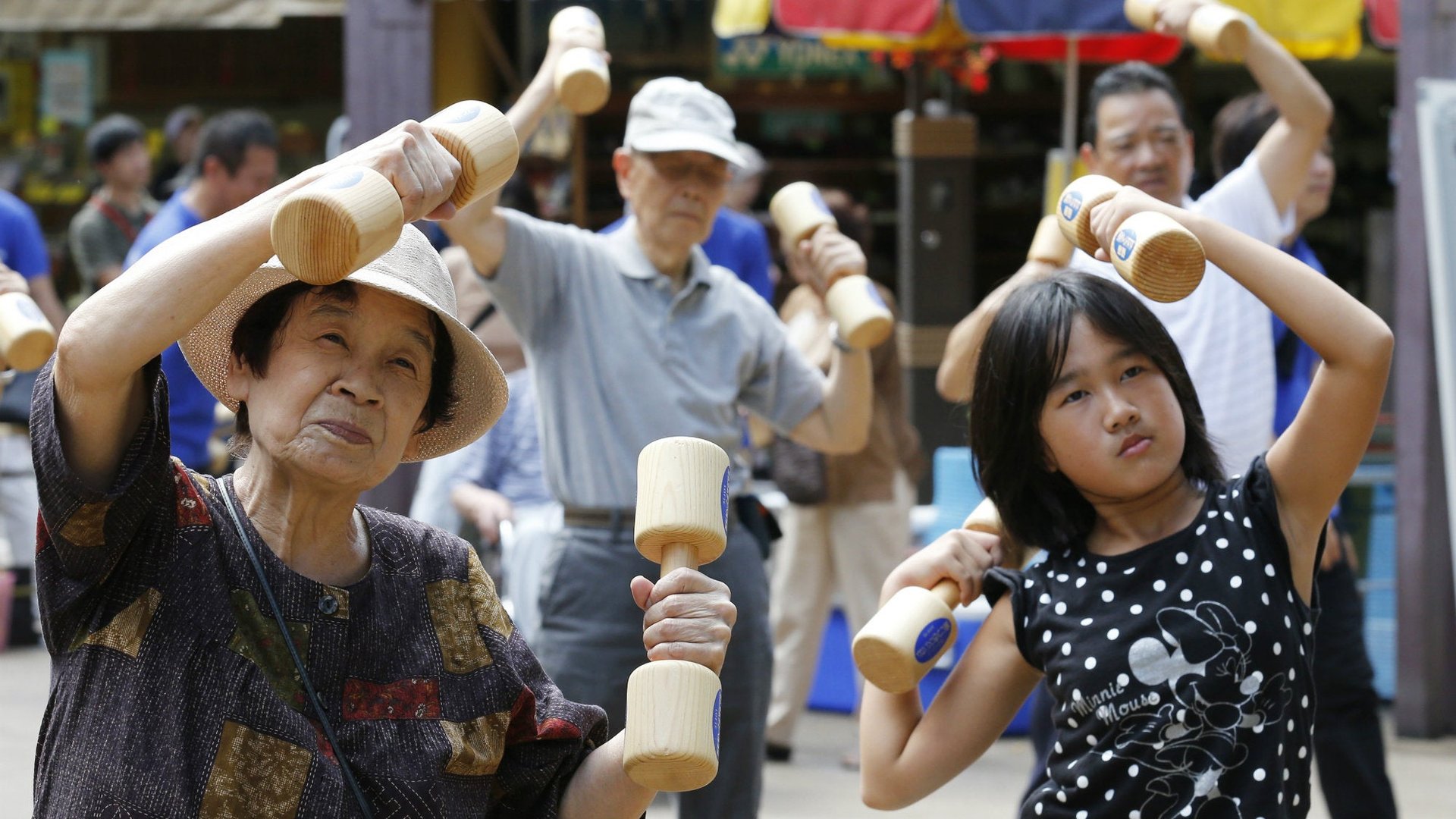After a looooong decline, Japan is having more babies
Of all the challenges facing Japan’s sluggish economy, the most daunting one is demographic. The country’s aging, shrinking population is a drag on growth and a strain on the budget. That’s why prime minister Shinzo Abe has made boosting the country’s low fertility rate a key policy goal, alongside the aggressive monetary and fiscal stimulus that has become known as “Abenomics.”


Of all the challenges facing Japan’s sluggish economy, the most daunting one is demographic. The country’s aging, shrinking population is a drag on growth and a strain on the budget. That’s why prime minister Shinzo Abe has made boosting the country’s low fertility rate a key policy goal, alongside the aggressive monetary and fiscal stimulus that has become known as “Abenomics.”
The signs suggest it’s sort of working:
Japan’s fertility rate has reached a 20-year high, according to data released today (May 23). That said, Japan’s average of 1.46 births per woman last year is still pretty low in the international rankings.
Around 2,000 more babies were born in Japan last year than the year before, but that just means that 2015 was the second-lowest annual total in the post-war era. This isn’t enough to stabilize its population, which is projected to shrink to 80 million people by the end of the century, from 127 million today.
Abe’s goal is to boost the country’s fertility rate to 1.8 children per woman, which would bring Japan in line with the US and UK. How? A faster-growing economy helps, as do specific initiatives to boost wages and make the country’s workplaces more inviting to women, especially when it comes to maternity and anti-harassment policies.
More immigration would help, too, but in insular Japan that is seen as a step too far.